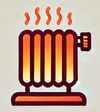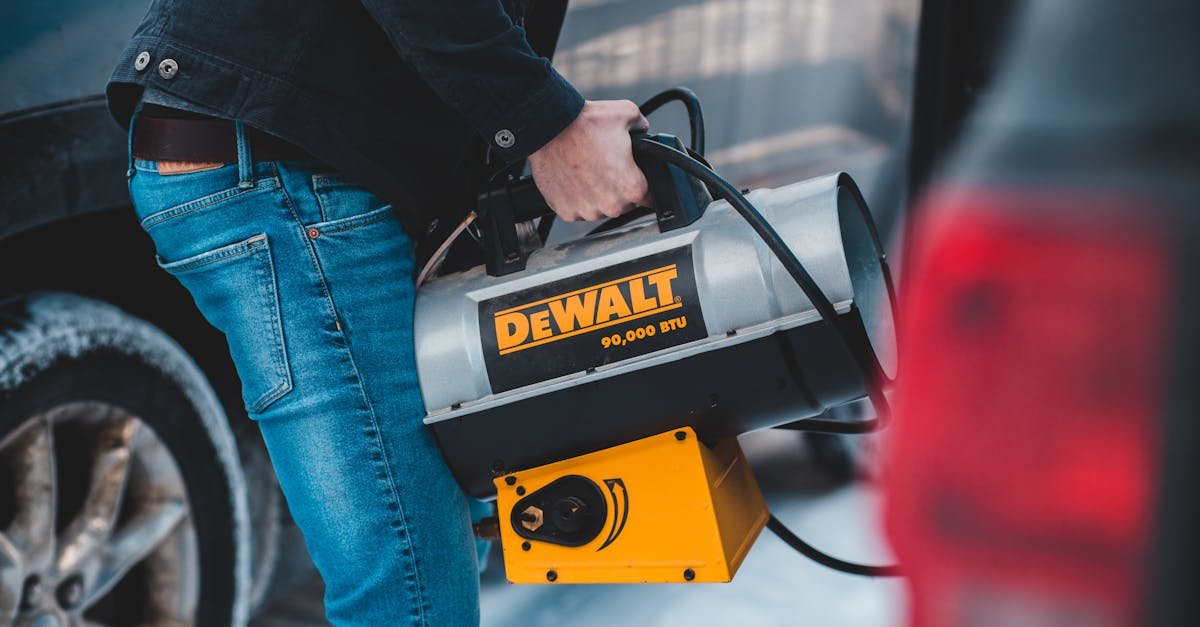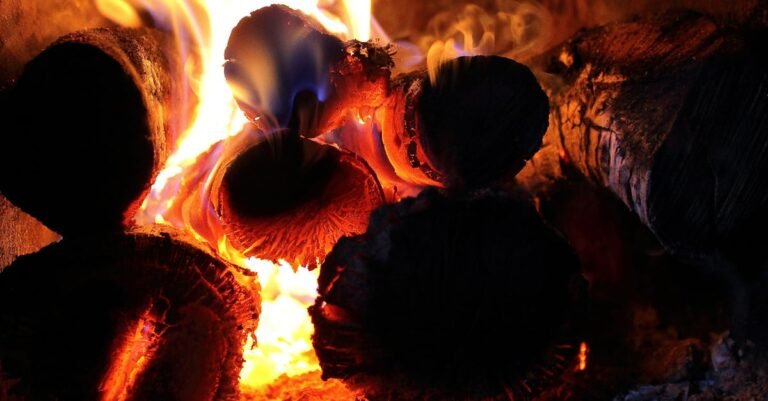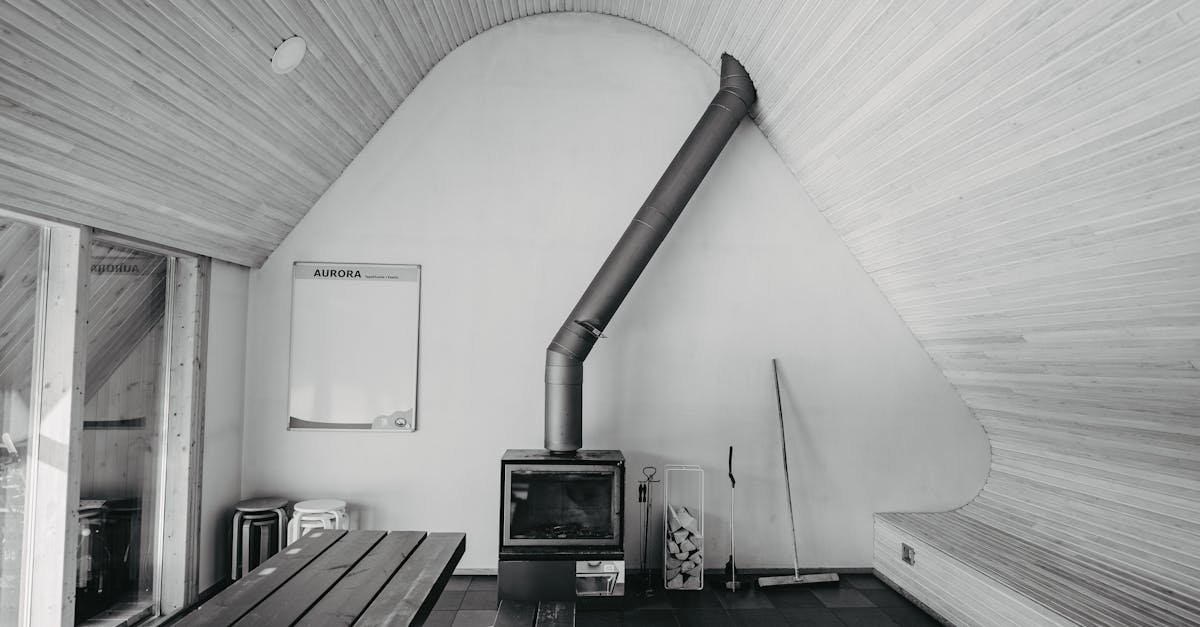When using a propane heater, proper ventilation is crucial to ensure safety and efficiency. Ideally, you need to provide at least one square inch of ventilation for every 1,000 BTUs of the heater’s output. This helps prevent the buildup of harmful gases and ensures adequate airflow.
For indoor use, consider installing a direct vent system or ensuring that your space has windows or vents that can be opened. If you’re using a vent-free propane heater, follow the manufacturer’s guidelines and ensure your space is adequately sized for safe operation. Understanding these ventilation requirements not only keeps your environment safe but also enhances the heater’s performance.
Overview of Propane Heater Ventilation Requirements
Using propane heaters safely requires understanding ventilation needs. Adequate ventilation prevents dangerous carbon monoxide buildup. Carbon monoxide is a serious risk, especially in enclosed spaces.
For every 1,000 BTUs of output from your propane heater, provide at least 1 square inch of ventilation. This standard helps manage airflow and removes combustion byproducts effectively.
Outdoor propane heaters need open spaces with plenty of airflow. If you use them in smaller areas, like ice fishing houses or hunting blinds, open doors or windows frequently. Fresh air is essential for safety.
For indoor use, consider installing a direct vent system. Ensure windows and vents are available for proper air exchange. Follow the manufacturer’s guidelines for vent-free propane heaters closely. Properly sized spaces enhance safety and ensure efficiency.
Importance of Proper Ventilation
Proper ventilation is vital when using propane heaters. It helps prevent the buildup of harmful gases. This ensures your safety and the heater’s efficiency.
Safety Concerns
Safety is a top priority. Propane heaters produce carbon monoxide, a dangerous gas. Without ventilation, this gas can accumulate and lead to serious health issues like headaches, dizziness, and even death. Staying aware of the symptoms of carbon monoxide poisoning can save lives. Always check for signs, especially in enclosed spaces. Keeping windows or doors open helps reduce risks. Consider installing carbon monoxide detectors for an extra layer of protection.
Efficiency Considerations
Efficiency relies on good airflow. Propane heaters consume oxygen while operating. Insufficient ventilation leads to low oxygen levels in the room. This causes the heater to work harder, using more fuel and reducing performance. A rule of thumb is providing at least one square foot of open space for every 1,000 BTUs of your heater’s output. This keeps airflow steady and improves heat distribution. Choosing a direct vent system can also enhance efficiency for indoor use. Always follow manufacturer guidelines for the best results.
Types of Propane Heaters
Understanding the types of propane heaters helps you choose the right one for your needs. The two main categories are direct vent heaters and vent-free heaters.
Direct Vent Heaters
Direct vent heaters use outdoor air for combustion. They vent exhaust gases directly outside through a small pipe in an exterior wall. This design ensures that no harmful gases accumulate in your space. With direct vent heaters, you won’t worry about indoor air quality. They minimize the risk of carbon monoxide buildup, making them a safer option for any room.
Vent-Free Heaters
Vent-free heaters do not require outdoor venting. They can operate in any room, as they release combustion fumes inside. But, that indoor release can cause issues without proper ventilation. These heaters come in two types: blue flame and infrared. Both types are efficient but demand good airflow. You need to ensure your space is ventilated to prevent gas buildup. Also, keep an eye on symptoms of carbon monoxide poisoning if you choose this type. Awareness is key to safe use.
Ventilation Methods
Ventilation methods are crucial for safely using propane heaters indoors. Two main types ensure proper airflow: natural ventilation and mechanical ventilation. Each method serves its purpose in promoting safety and efficiency.
Natural Ventilation
Natural ventilation relies on simple techniques. Opening windows or doors can create airflow, bringing in fresh air while allowing harmful gases to escape. For example, ensure your propane heater has enough ventilation based on its BTU output. A 10,000 BTU heater needs at least 10 square feet of open space. This approach keeps indoor air quality high. It’s straightforward, cost-effective, and requires no extra equipment. Monitor the environment. If you notice any signs of gas buildup or low oxygen, increase ventilation immediately.
Mechanical Ventilation
Mechanical ventilation uses fans or vents to circulate air. This method is helpful in spaces where natural ventilation isn’t enough. You can install exhaust fans to pull stale air outside. Fresh air enters through return vents. Direct vent systems also fall into this category. These heaters use outdoor air for combustion and vent gases directly outside, minimizing indoor air contamination. Ensure your mechanical ventilation systems are well-maintained for optimal performance. Check for blockages regularly to avoid malfunctions.
By using these ventilation methods, you ensure a safe environment while enjoying the comfort of propane heating.
Local Codes and Regulations
When using propane heaters, local codes and regulations matter. These guidelines ensure safety and compliance. Follow them to avoid serious risks.
Propane appliances need to comply with the National Fire Protection Association (NFPA) 54 requirements. This includes using approved vent materials. Proper installation procedures also matter.
Ventilation standards are vital. Provide at least 1 square inch of ventilation for every 1,000 BTUs of heater output. Alternatively, keep one square foot of open window or door space for every 1,000 BTUs. This helps maintain good air quality and reduces the risk of gas buildup.
Local authorities may have additional rules. Check with your city or county for specific codes. Compliance ensures safety and keeps your heating system efficient.
Regular inspections show commitment to safety and efficiency. Ensure your heater meets local standards. This reduces risks associated with harmful gases, such as carbon monoxide.
Understanding and following local codes enhances safety and comfort while using propane heaters.
Conclusion
Proper ventilation is non-negotiable when using propane heaters. You must ensure adequate airflow to protect yourself from harmful gases and maintain the heater’s efficiency. Whether you’re using a direct vent or a vent-free system, always prioritize your safety by following ventilation guidelines and manufacturer instructions.
Regularly check for carbon monoxide detectors and remain vigilant about symptoms of poisoning. By staying informed and compliant with local regulations, you can enjoy the warmth of your propane heater while keeping your environment safe. Remember, a little attention to ventilation can go a long way in enhancing your comfort and well-being.








